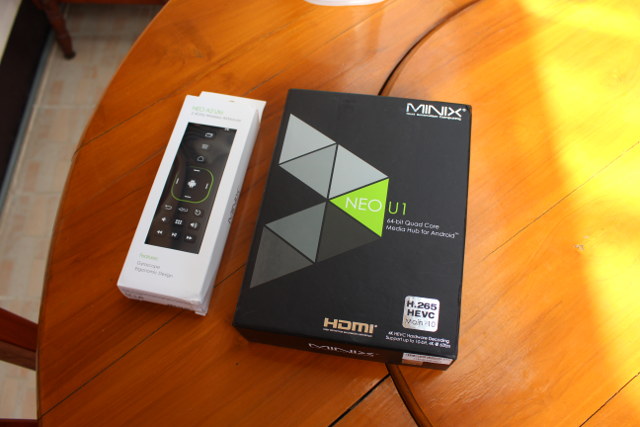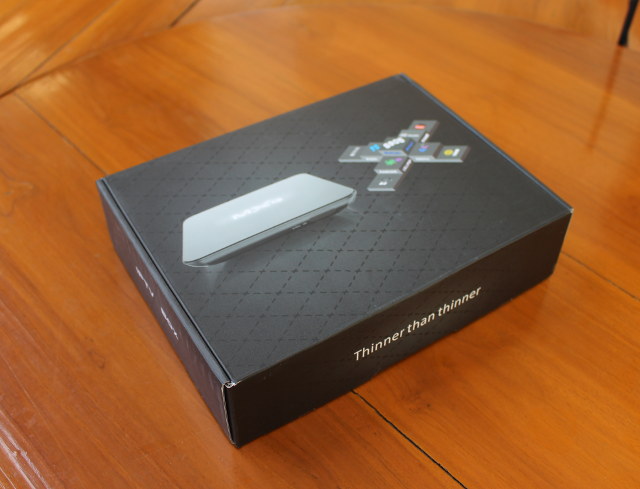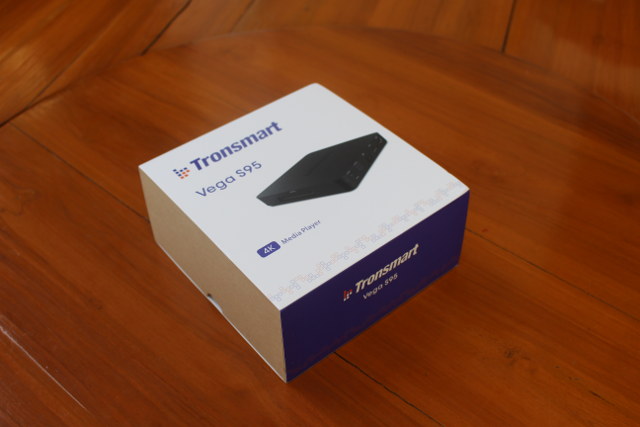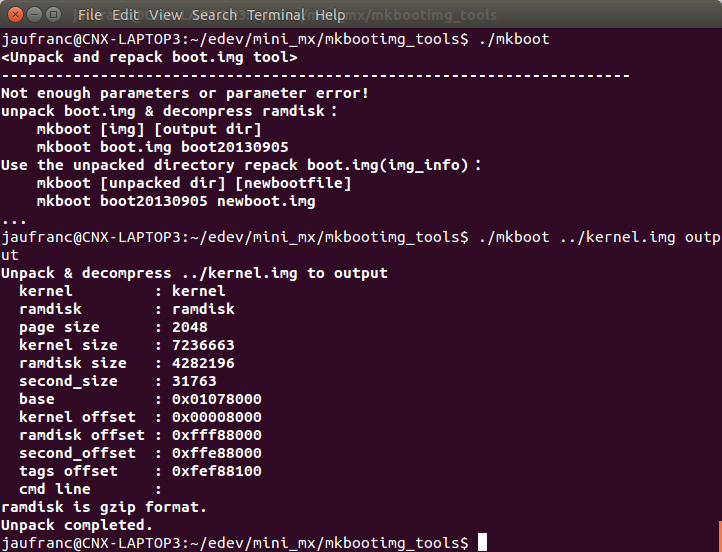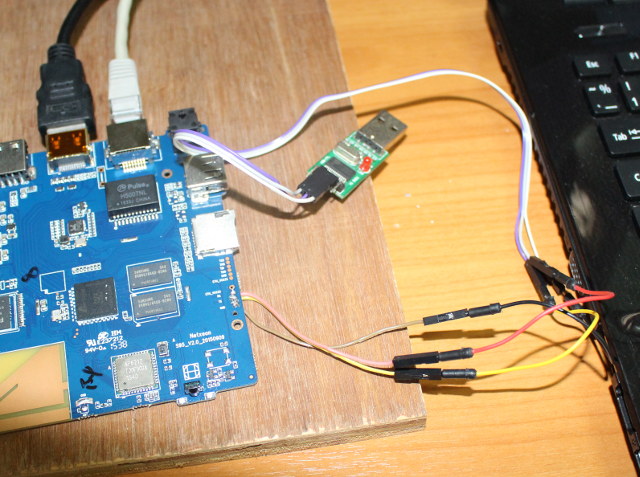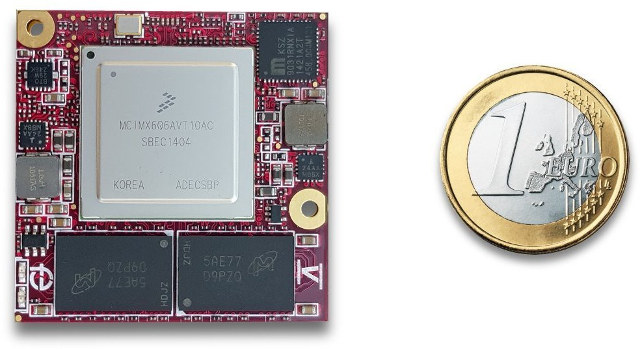MINIX NEO U1 Android TV box, which the company prefers to call “media hub for Android”, has been announced last week, and has started shipping. The company sent me one sample of the Amlogic S905 device, as well as MINIX NEO A2 Lite air mouse which can be included with the box as part as some bundle. I’ll check out the media hub and air mouse today, as well as get a close look at the internals, before testing the device, and published a full review of MINIX NEO U1 lateron. MINIX NEO U1 Unboxing MINIX sent me the packages via Fedex and I received it within 2 or 3 days. The devices comes with a simple infrared remote control, a micro USB to USB cable, a USB OTG adapter, an HDMI cable, a WiFi antenna, a 5V/3A power supply, a setup guide in English, German, Chinese and Russian, and […]
Antutu 6.0 Release Brings New Benchmarks and Different Scores
When Antutu 5.0 was released, it added some new tests such a single thread performance, and revamped its 2D and 3D graphics test among others, and that meant the new scores were could not be compared to Antutu 4.x. If you now download Antutu from the play store, you’ll get Antutu 6.0 and Antutu 3DBench apps, which handle the 3D graphics test separately. I can confirm Antutu 6.0 scores cannot be compared with Antutu 5.x ones, as Tronsmart Vega S95 Telos TV box got 36,741 points in Antutu 6.0, while typically competitors achieved 28,000 to 29,000 points in Antutu 5.7.1. There are now 4 main section in the benchmark: 3D, UX, CPU and RAM, so the details are much different. One neatr featuer is the QR core of the result, which allows you to keep a link with the complete result, in this case: http://antutu.com/qr/?c=18af306ecb85f6d42df2d4a1285d10eed87bf15e. And if we do look […]
MXQ S905 / G9C 4K Android Media Player Unboxing and Teardown
Beside Tronsmart Vega S95 Telos, I’ve received another Amlogic S905 device with MXQ G9C, which was the first Amlogic S905 TV box to have surfaces in the news back in June, and a sample has been sent to me by Shenzhen Tomato. Since the company provides ODM/OEM services instead of catering to end users, the specs are flexible, but the device I received is with the default configuration namely 1GB RAM and 8GB flash, and with similar specs to Beelink MINI MX or KI Plus for example. Today, I’ll start by checking out the hardware, before reviewing the full package a little later. MXQ S905 / G9C TV Box Unboxing I received the parcel via DHL, with the device in a retail white brand package reading “MXQ”, “S905”, and “IPTV box”, with some features on the back such as Airplay, DLNA, Miracast, or Widewine, Playready, and Verimatrix. But I’m pretty […]
Tronsmart Vega S95 Telos TV Box Unboxing and Teardown
Tronsmart Vega S95 Telos is an Android mini PC powered by Amlogic S905 quad core Cortex A53 processor, but contrary to the two other S905 device I previously reviewed, namely K1 Plus and MINI MX, it’s not been designed for the ultra low end, as it comes with 2GB RAM, 16 GB eMMC flash, 802.11ac WiFi, Gigabit Ethernet, and a SATA port. GeekBuying sent me one sample for review, and I’ll start with some pictures of the package, device, and board, before running it through a full test procedure. Tronsmart Vega S95 Telos Unboxing I got the box via DHL in the following package with makes it clear it’s a 4K media player. The box comes with a simple IR remote control requiring two AAA batteries, an HDMI cable, a SATA cable for laptop drives, a 12V/2A power supply, and a user’s manual in English. The device looks somewhat like […]
How to extract kernel.img with mkboot script
As I tried instructions to install Linux on Amlogic S905 Android TV boxes yesterday, I wanted to extract kernel.img file found in Android firmware, but Google did not help that much until I found mkboot part of mkbootimg_tools scripts. But first let’s see how kernel.img is created… Google provide a Python script called mkbootimg that combine the kernel image (e,.g. zImage), a rootfs/ramdisk and the device tree (DTB) file with a command line that looks like:
|
1 |
./mkbootimg --base=0 --kernel_offset=0x01080000 --kernel ${KERNEL} --ramdisk_offset=0x01000000 --ramdisk ./${ROOTFS} --second ${DTBFILE} --output ./kernel.img |
However, AFAIK the company does not provide a “unmkbootimg” script, and mkbootimg can only be used to create kernel.img, not decompile it. But that’s what mkboot does, and it works for kernel.img and recovery.img. Let’s retrieve the necessary files first:
|
1 |
git clone https://github.com/xiaolu/mkbootimg_tools |
mkboot is a bash script so we can use it right away:
|
1 2 3 4 5 6 7 8 9 10 11 |
cd mkbootimg_tools ./mkboot <Unpack and repack boot.img tool> ---------------------------------------------------------------------- Not enough parameters or parameter error! unpack boot.img & decompress ramdisk: mkboot [img] [output dir] mkboot boot.img boot20130905 Use the unpacked directory repack boot.img(img_info): mkboot [unpacked dir] [newbootfile] mkboot boot20130905 newboot.img |
So it can be used both for unpacking and repacking kernel.img to/from the output directory. Let’s run the command […]
How to Run Headless Linux on Amlogic S905 Devices Such as MINI MX or K1 Plus
A few week ago, I had been informed that Amlogic S905 U-boot and Linux source code was released, and one person use the code and other resources to load a minimal Ubuntu 14.04 image to his K1 Plus TV box and released the installation instructions and the image (Thanks olin!). I also have K1 Plus here, but since I’ve just finished reviewing Beelink MINI MX, I decided to use the latter instead. The instructions below boot Linux from the (micro) SD card, and can still boot Android if you remove the SD card. Modifying U-boot environment The instructions include opening the box, and connecting or soldering a USB to TTL debug board to access U-boot and change some parameters. But later once an image with network is working, you could also build and load fw_setenv and fw_saveenv, and do the same steps with an Android shell and without the need […]
Review of Beelink MINI MX TV Box with MX Player
Beelink MINI MX Amlogic S905 Android media player has similar features, and costs about the same as K1 Plus TV box I reviewed last week, so it would be interesting to compare both. While specifications are similar there are some differences. For example, MINI MX lacks AV output, and only features two USB ports against four for K1 Plus, but it supports Gigabit Ethernet which could be an advantage while playing high bitrate 4K videos, as well a Bluetooth 4.0. I’ve already provided pictures and torn down MINI MX, so today is time for the full review and a comparison with K1 plus. First Boot, Settings and First Impressions I connected my USB 3.0 hard drive to one of the USB port, and a USB hub to tghe other port with a USB webcam, a USB keyboard, and two RF dongles for a gamepad and an air mouse. I also […]
iMX6 TinyRex Module and Development Board Support HDMI Input in Linux (Video Demo)
A couple of years ago, I wrote about iMX6 Rex open source hardware project combining a Freescale i.MX6 SoM and baseboard that aimed a teaching hardware design (schematics and PCB layout). I had not followed the project very closely since then, until I watched a video showcasing HDMI input capabilities in Linux using the new version of the module and baseboard called i.MX6 TinyRex. i.MX6 Tiny Rex module specifications: SoC – Freescale iMX6 processor up to 1.2GHz and 4 cores System Memory – Up to 4GB DDR3-1066 (533MHz) Storage – EEPROM Connectivity – 10/100/1000 Mbps Ethernet PHY I/Os via 3 board to board connectors: Display / Video Output 1x HDMI (up to QXGA 2048×1536) 1x LVDS (up to WUXGA 1920×1200) 1x 20-bit parallel LCD display (up to WXGA 1366×768) or 1x Video Input (CSI) 1x MIPI DSI differential display output (up to XVGA 1024×768) Video Input 1x 20-bit parallel video input […]


